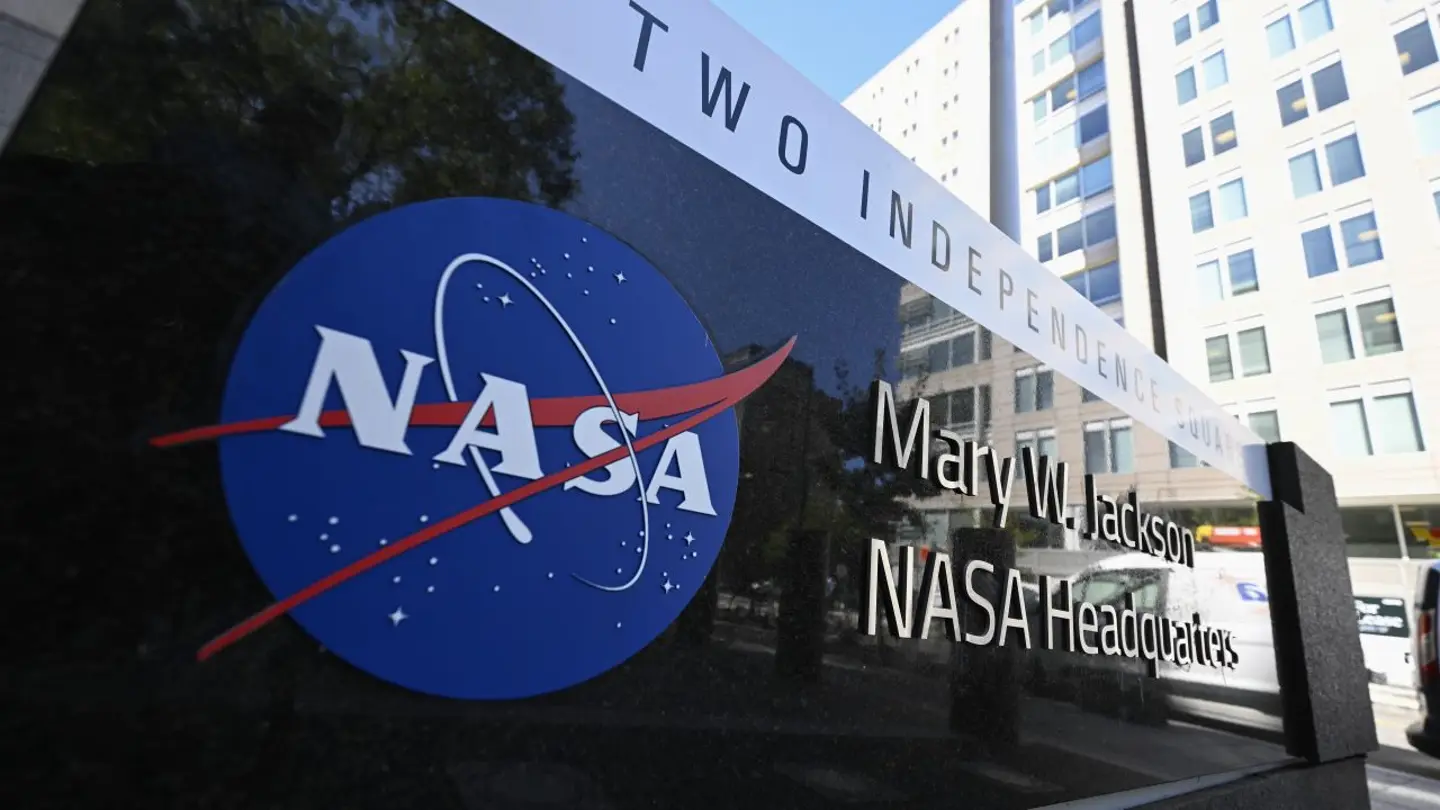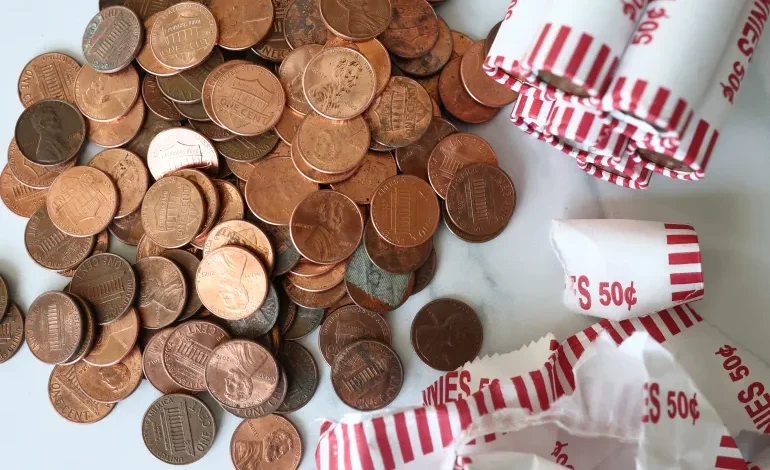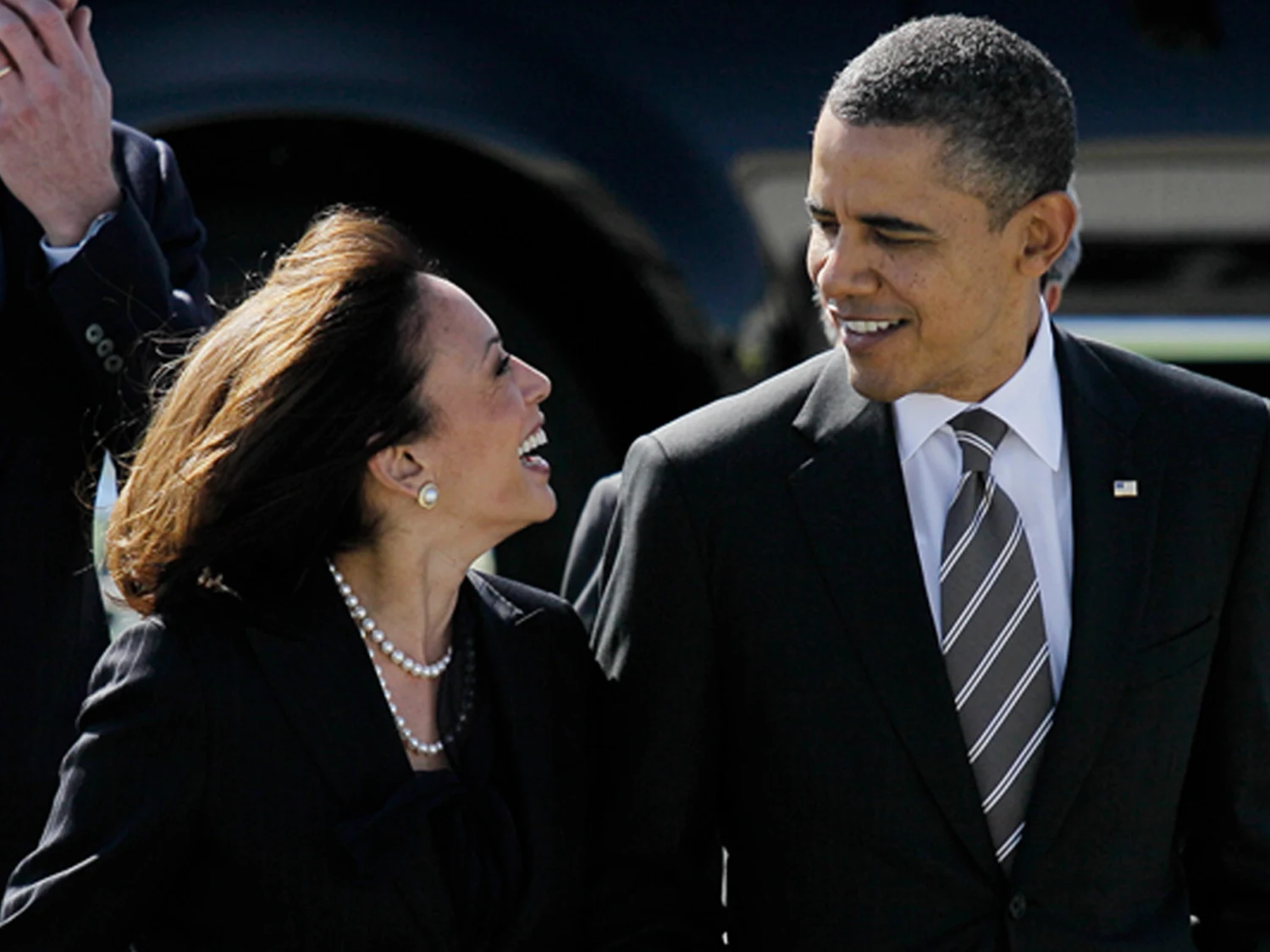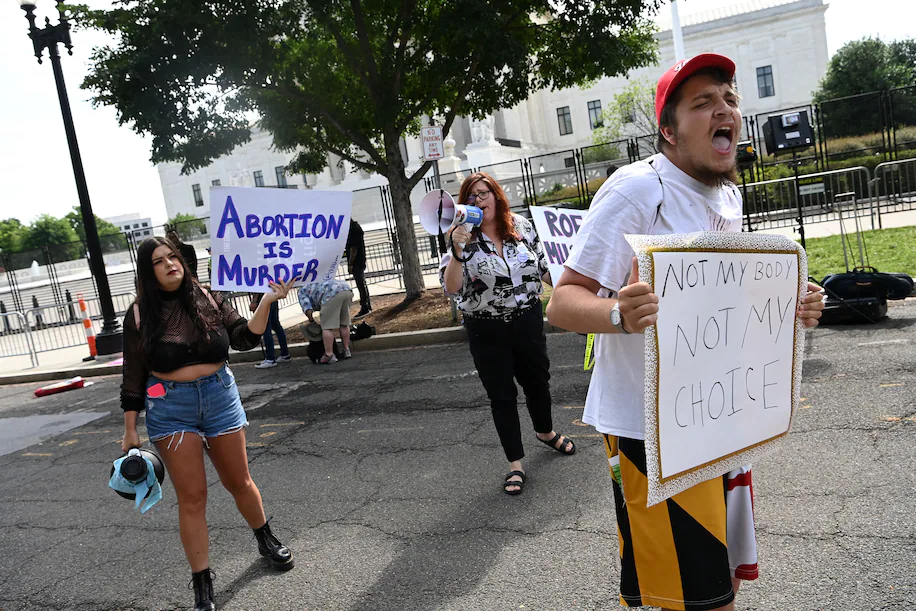President Donald Trump has ordered the US Treasury to halt the production of pennies, reviving a long-standing debate over the coin’s usefulness in today’s economy, Al Jazeera reports.
Trump’s decision, announced on February 9 via Truth Social, is based on the argument that the penny costs more to produce than it is worth and has become nearly obsolete in retail transactions.
The US Mint reports that each penny costs nearly four cents to manufacture, mainly due to the rising costs of zinc and the minting process. In 2024 alone, the government minted 3.2 billion pennies at a total cost of $12.8 billion—far exceeding their face value. Trump called this an example of unnecessary government spending, stating:
“Let’s rip the waste out of our great nation’s budget, even if it’s a penny at a time.”
Inflation has also eroded the purchasing power of the penny, making it largely irrelevant in modern commerce. The coin, first introduced in 1793, is now rarely used for transactions and often ends up sitting in jars or being discarded. Coin dealer Larry Jackson noted:
“People don’t want them. They don’t use them. Even a 30-pound bag won’t fetch you $50.”
Additionally, eliminating the penny could streamline retail transactions. A 2006 study by the National Association of Convenience Stores found that skipping pennies at checkout could save an average of 2.5 seconds per transaction, improving efficiency in cash-based purchases.
Despite the financial logic behind discontinuing the penny, some critics argue that its removal could lead to unintended economic consequences.
One concern is price inflation. Without pennies, businesses may round prices up rather than down, potentially leading to slight but widespread increases in consumer costs. Others argue that charities benefit from penny donations, as small individual contributions collectively add up to significant funding.
Another issue is the cost of increased nickel production. The five-cent coin currently costs about 13 cents to produce, meaning that if pennies are eliminated, the government may need to mint more nickels—resulting in an even higher expense.
However, most economists believe these concerns are minor. Sean Snaith, an economist at the University of Central Florida, dismissed the impact of eliminating the penny, stating:
“At some point in history, canceling the penny would have been a bigger deal, but now people don’t even carry them in their pockets. They’re largely not in circulation.”
Several countries, including Canada, Australia, New Zealand, and the Netherlands, have already phased out their smallest-denomination coins. Canada, for instance, stopped producing pennies in 2013, saving an estimated $11 million annually. Cash transactions were rounded to the nearest five cents, while digital transactions continued as usual.
In the US, multiple lawmakers have attempted to retire the penny over the years. The late Arizona Congressman Jim Kolbe introduced several bills to eliminate it, calling the coin a “nuisance.” However, none of these efforts succeeded in Congress.
Trump’s decision raises legal questions about whether a president can end penny production unilaterally. While Congress oversees the US Mint, some legal experts argue that the Treasury Secretary has the authority to determine coin production levels—including reducing them to zero. Harvard Law professor Laurence Tribe remarked:
“Unlike a lot of what the new administration has been doing pursuant to executive orders, this action seems to me entirely lawful and fully constitutional.”
If Trump’s directive stands, the US Mint would stop producing new pennies, gradually phasing them out of circulation. This move could lead to broader discussions about modernizing US currency, including the future of other coins with high production costs, such as the nickel.








